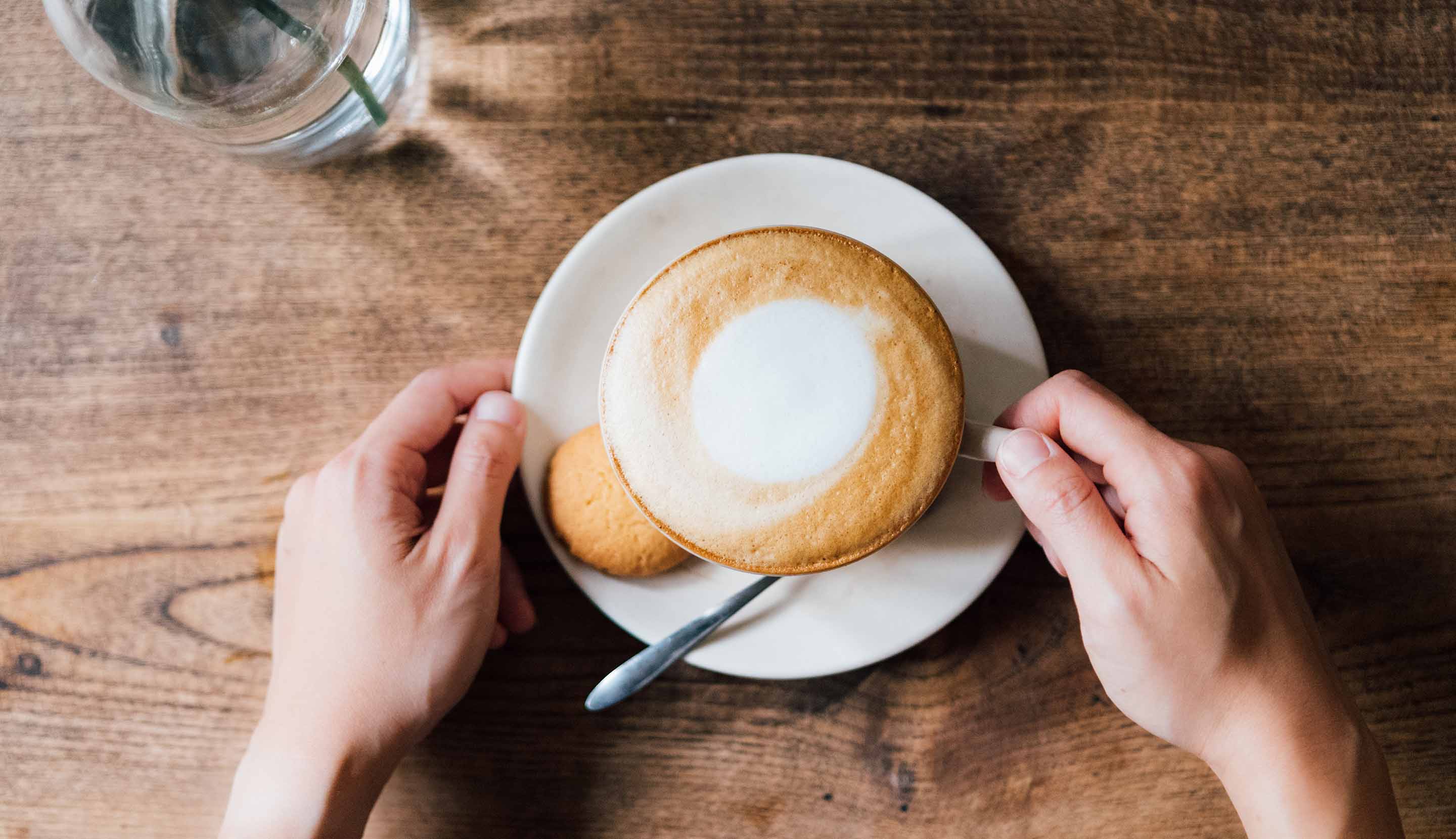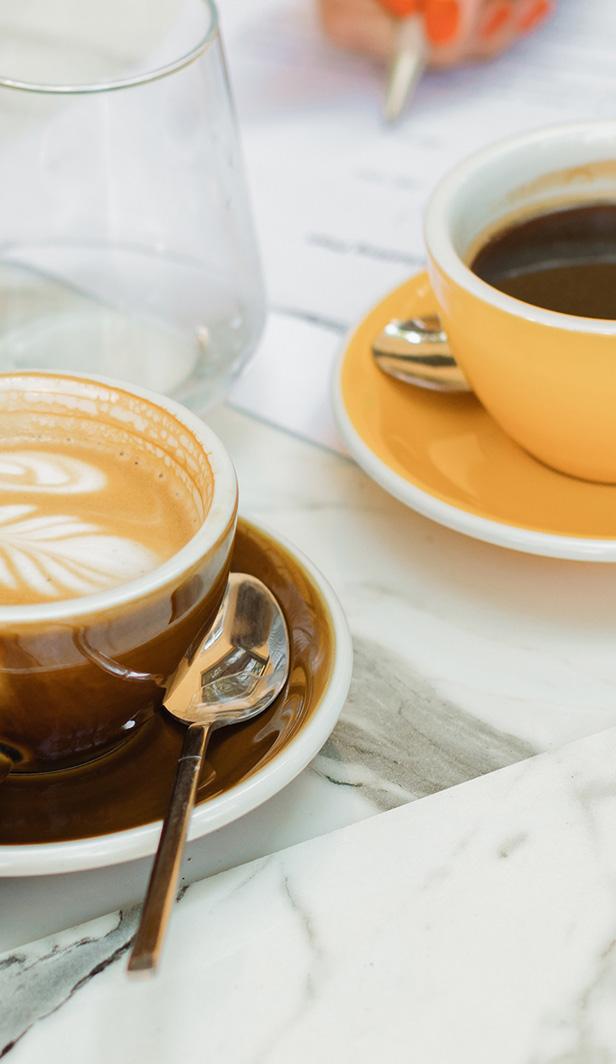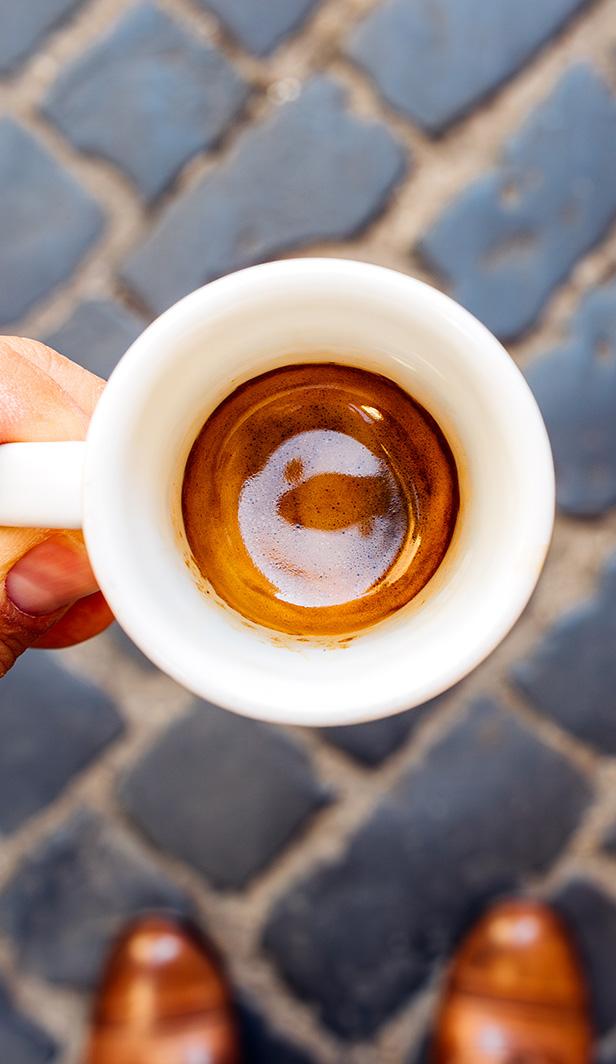search-autocomplete
toaster-signin
Understanding cappuccino
A cappuccino is a much loved Italian coffee drink made from a blend of espresso, steamed milk, and frothed milk, often topped with cocoa powder or cinnamon; for more details, visit our What is a Cappuccino? article.
What sets a cappuccino apart from other coffee drinks is its unique ratio of ingredients. Unlike a latte, which has more steamed milk and less froth, a cappuccino balances these elements to be exactly equal, which creates a unique blend of flavours and textures.
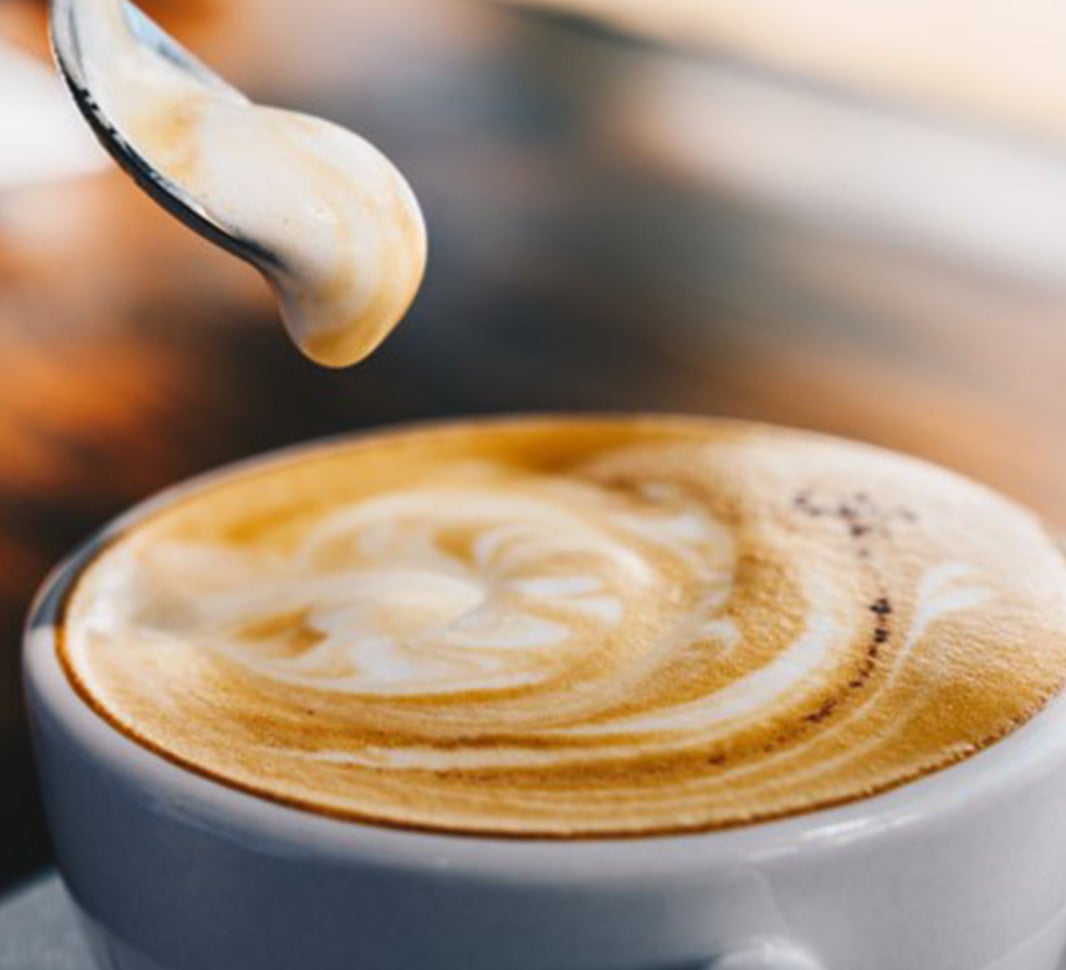
The etymology of 'cappuccino'
Did you know that the name ‘cappuccino’ has an intriguing origin that dates back several centuries? It starts with the Italian word ‘cappuccio’, meaning hood, because of the hood-like shape formed by the creamy foam on top, a nod to the Capuchin friars who were known for their brown hooded robes.
The cappuccino also holds a real cultural significance in Italy, where it is traditionally enjoyed as a breakfast beverage, often with a pastry or biscuit.
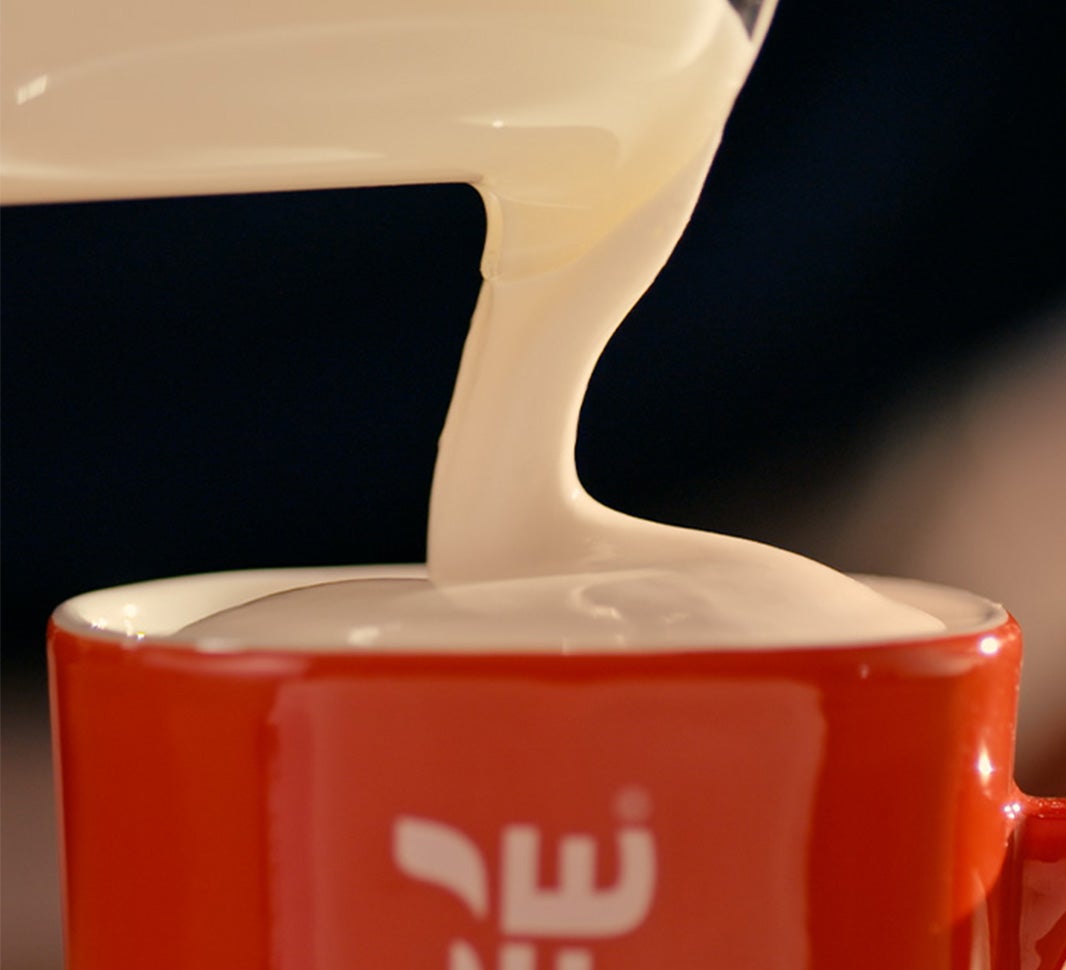
The evolution of the cappuccino
The cappuccino has evolved a lot since its early versions, to the delicious beverage we know and love today.
Early cappuccinos, known as ‘Kapuziner’, emerged in 17th-century Italy and combined equal parts coffee and steamed milk. This is when its popularity really started to grow as coffeehouses began to thrive as social centres and where its rich flavour and velvety texture, quickly became a favourite.
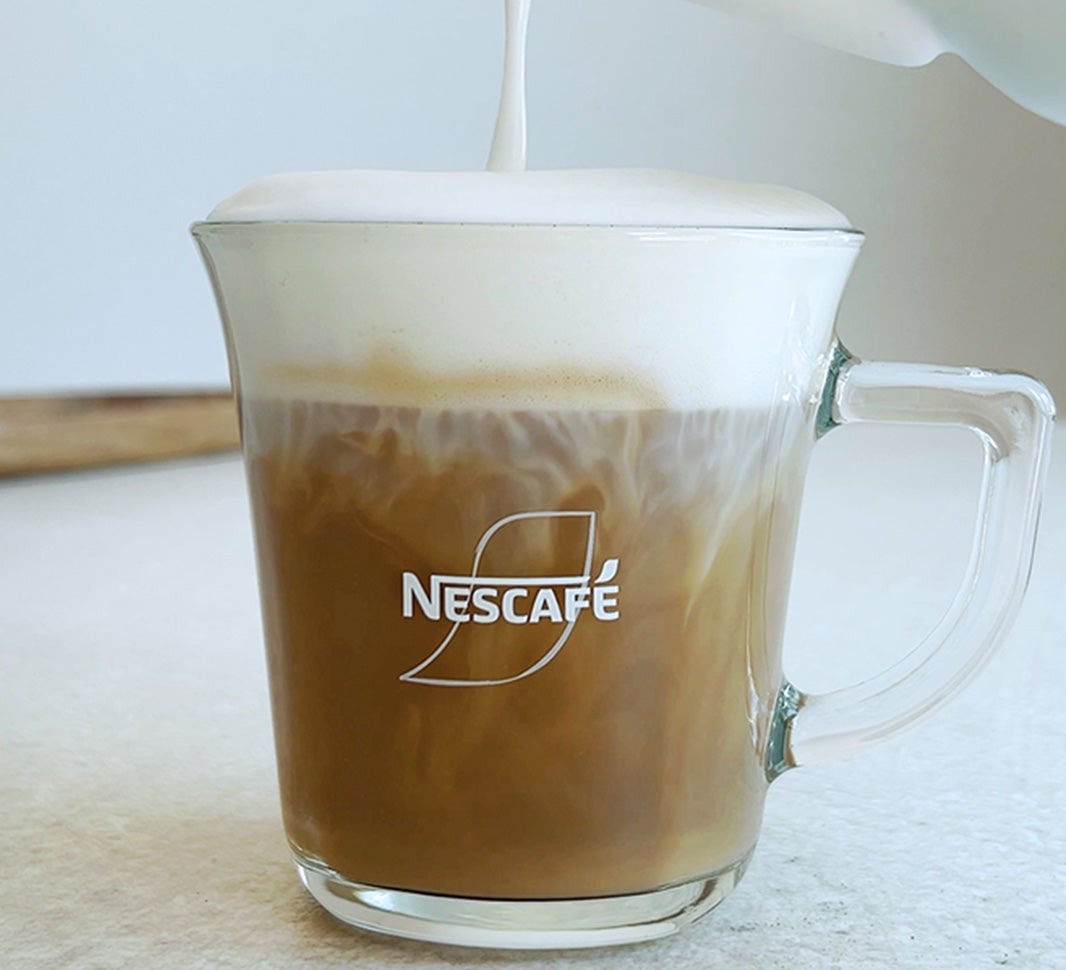
Cappuccino in contemporary culture
Over time, the cappuccino has become an iconic beverage in contemporary culture, enjoyed around the world. Its popularity often stems from its delicious flavour and the subtly comforting experience it provides.
In popular culture, the cappuccino can be used to cue sophistication and indulgence. It regularly appears in movies, TV shows, and books too, representing leisure and relaxation.

Today’s community favourites


